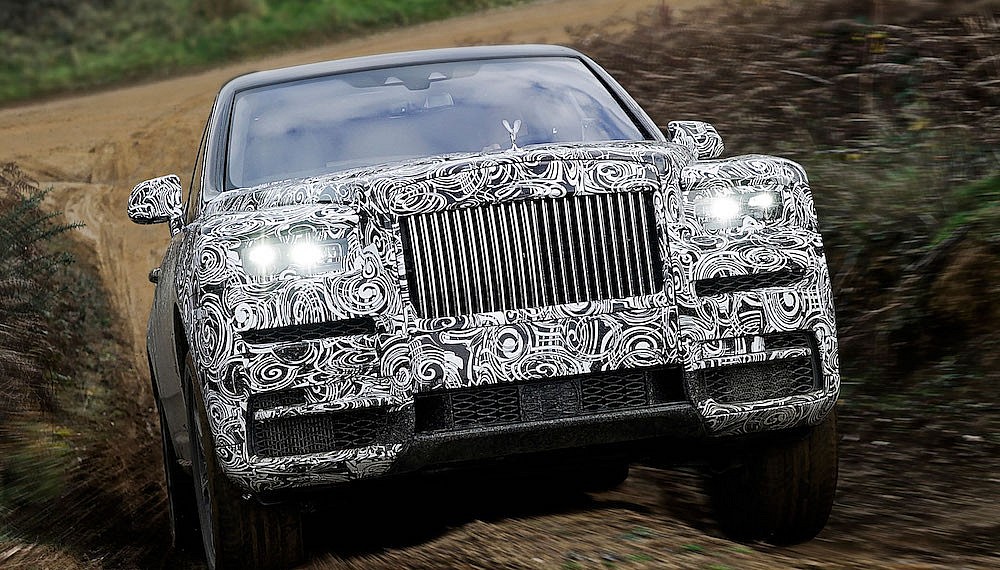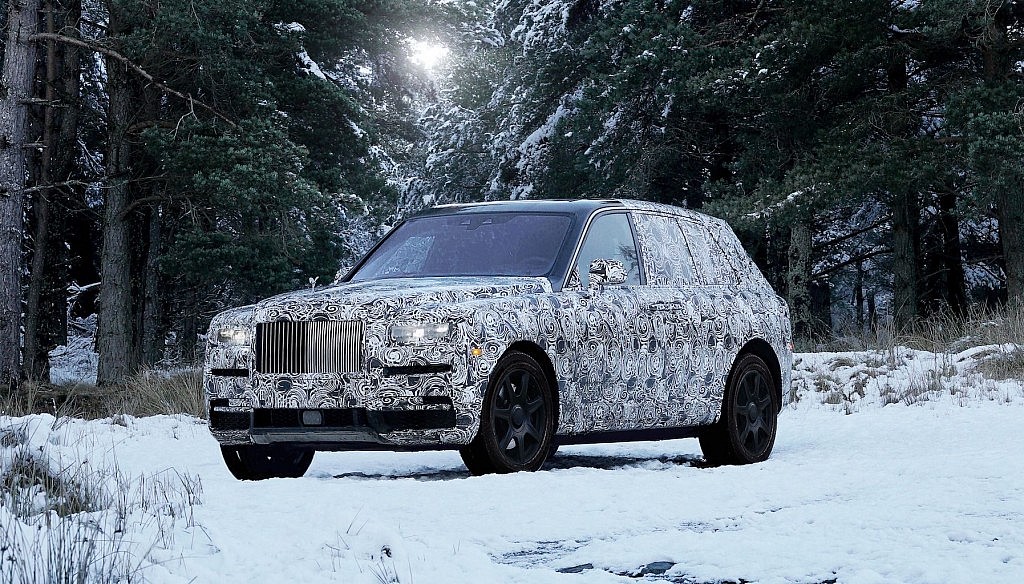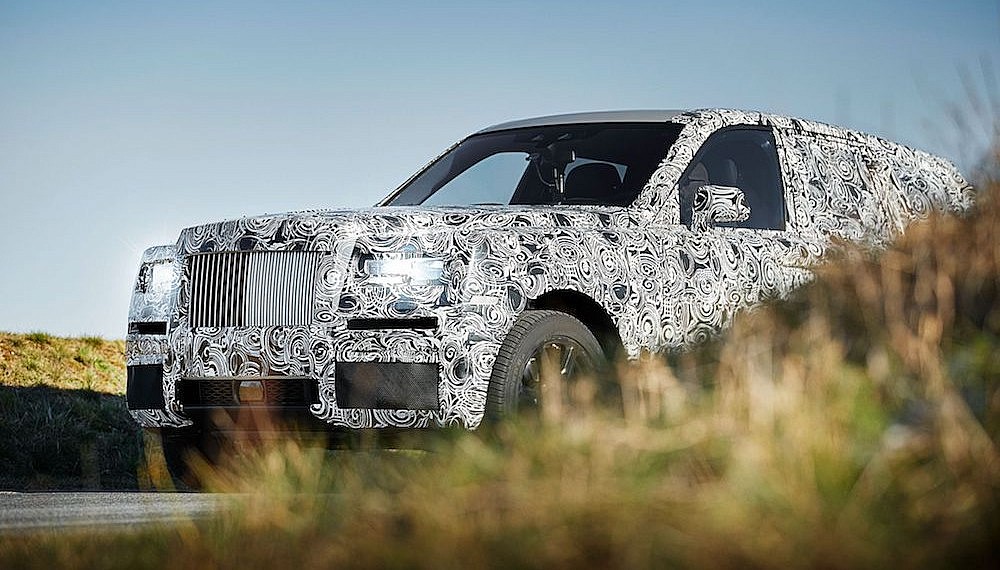Like the inexorable meeting of the Titanic and its icy nemesis, the emergence of the much-anticipated SUV from Rolls-Royce has happened as if in slow motion, the first mention of its prototype — code-named Cullinan — occurring three years ago in the pages of The Financial Times. Of course, such a quotidian acronym as SUV does not exist in the Rolls-Royce lexicon, taxonomists at the company having chosen to class their newest creation a “high-sided vehicle,” height being only one of its outstanding attributes.
First encountering a brontosaur skeleton at a museum of natural history, one’s first thought is disbelief that such a giant creature might actually have existed. Similarly, a Rolls-Royce larger still than the substantive Phantom would make such a high-sided vehicle the largest modern Rolls-Royce ever, and in any other age, it would be like an answer to a question nobody asked. Except that in our age, it seems everybody is asking for a high-performance SUV — the bigger and more luxurious, the better — and the good folks at Goodwood were more than happy to oblige.

As with the aforementioned iceberg (or the tip at least), the name of Rolls-Royce’s “SUV” was in plain sight all along, since the code word used during project development is the official moniker, too. Cullinan refers to the largest gem-quality rough diamond ever discovered, a 3,106-carat monster dug out of a South African mine in 1905. Sir Thomas Cullinan was the owner of the mine, and his eponymous stone was so formidable — larger than two packs of cigarettes stacked atop one another — that it was eventually cut into nine flawless stones, the largest two of which are set into the British Imperial Crown and the Sovereign’s Sceptre with Cross.
The Rolls-Royce Cullinan is based on the marque’s new, and proprietary, aluminium space-frame architecture that the company calls “Architecture of Luxury.” What that means in practical terms is a stronger, lighter chassis, the design and manufacturing of which can be efficiently adapted to the specific requirements of individual models. The new Phantom is the first Rolls-Royce built on this platform, and all future models will similarly benefit from this new technology.
Doubtless, most future buyers will not subject the high-sided Cullinan to low-brow escapades in the outback, but the manufacturer assures us that the high-sided roller will acquit itself admirably while traversing terrain more likely to encounter a wildebeest stampede. The most likely peril to be faced, however, will be from pedestrians crossing Rodeo Drive.










